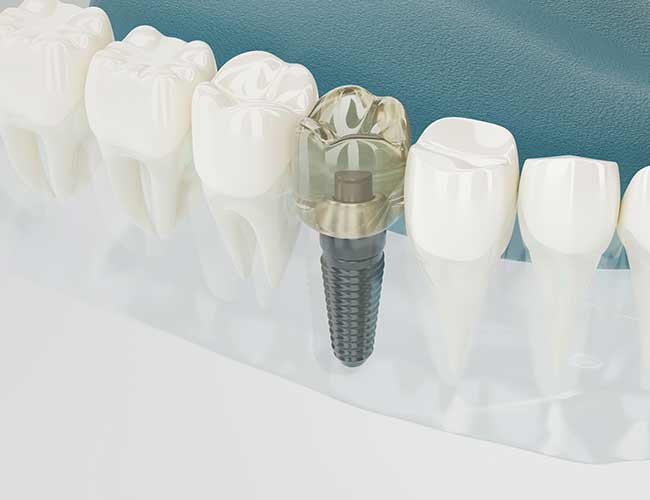When dental implants hit the scene in the 1980s, they revolutionized the field of dental restorations. But as groundbreaking as they were then, they’re even more advanced now.
Latest Advancements in Technology
Some of the advancements have to do with improvements in implant design and manufacturing. Implant sizes and shapes were once quite limited, but today they come in a variety of forms to better match the types of teeth they replace.
But there has also been important progress in complementary technologies that help us realize better outcomes. Many of these other advances have had a positive impact on the planning and surgical stages of implant installation.
Scanning Teeth
CT/CBCT scanning. For the best outcome, it’s critical to install an implant at the most appropriate location on the jaw. This can be difficult to determine, however, because of the location of oral and facial structures like nerves or sinuses that might interfere with implant placement. But using a type of computer tomography (CT) scanning called cone beam CT, we can produce a 3-D computer graphic image that helps us navigate possible obstructions as we pinpoint the ideal location for an implant.
Digital smile displays. We’re now able to produce digital models of the mouth, which can assist with more than implant placement—we can also use them to visualize what a new smile with implants will look like before we install them. This is especially helpful in situations where only a few teeth need to be replaced: We want to ensure that the new implant crowns blend seamlessly with the remaining teeth for the most natural appearance.
Custom-made surgical guides. We’ve been using surgical guides to mark the exact drilling locations during implant surgery for many years. But 3-D printing technology can now help us produce surgical guides that are even more useful and precise. Using a 3-D printer, we can produce oral devices based on the patient’s individual dental dimensions captured through digital scanning. That produces a better fit for the guide on the teeth and more accurate implant placement.
Together, these and other technological advances are helping us achieve even more successful results. Not only can they help us produce implant outcomes that can last for years or even decades, but also the most beautiful smiles possible.
If you would like more information on dental implant restorations, please contact us or schedule an appointment for a consultation. You can also learn more about this topic by reading the Dear Doctor magazine article “How Technology Aids Dental Implant Therapy.”




